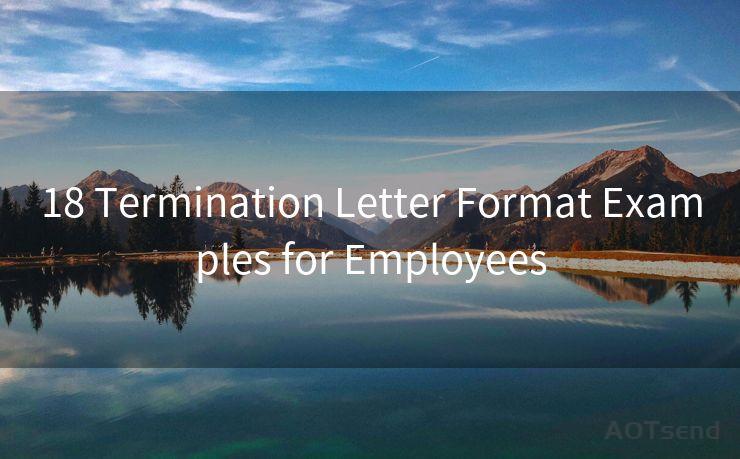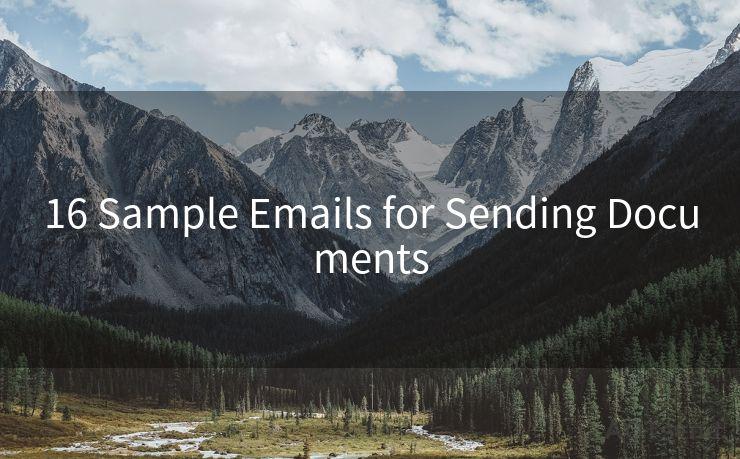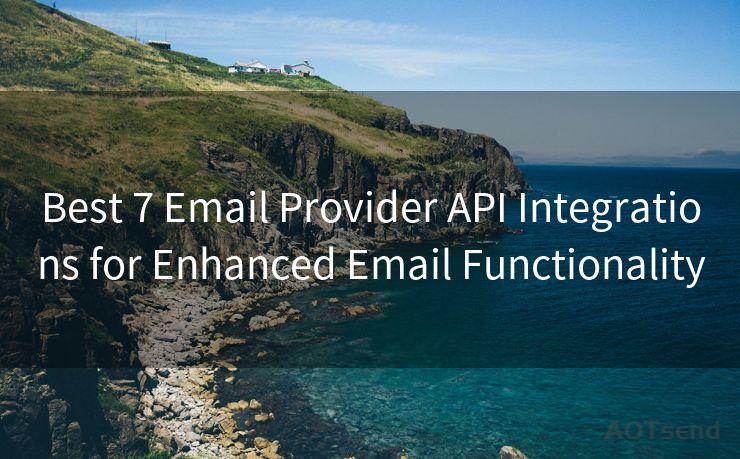17 Email Authentication Spf Dkim Dmarc Best Practices
Hello everyone, I’m Kent, the website admin. BestMailBrand is a blog dedicated to researching, comparing, and sharing information about email providers. Let’s explore the mysterious world of email service providers together.




In the digital age, email communication remains a cornerstone of business and personal interactions. However, with the rise of cyber threats, ensuring the authenticity and security of emails has become paramount. This article explores the best practices for implementing three key email authentication protocols: SPF (Sender Policy Framework), DKIM (DomainKeys Identified Mail), and DMARC (Domain-based Message Authentication, Reporting, and Conformance). By following these best practices, you can significantly enhance the security of your email communications and protect your domain from being exploited by spammers and phishers.
1. Understanding SPF, DKIM, and DMARC
SPF, DKIM, and DMARC are DNS-based technologies that help verify the authenticity of an email message. SPF allows domain owners to specify which IP addresses are authorized to send emails from their domain. DKIM adds a digital signature to outgoing emails, ensuring their integrity and authenticity. DMARC ties SPF and DKIM together, providing a policy framework for handling unauthenticated emails and generating reports to help domain owners monitor and improve their email authentication setup.
2. Implementing SPF Best Practices
When setting up SPF, it's crucial to:
- Carefully craft your SPF record to include all authorized sending sources.
- Keep the SPF record updated as your email infrastructure changes.
- Avoid using the "all" mechanism too restrictively, as it can cause legitimate emails to be rejected.
- Regularly test your SPF record using online tools to ensure it's working correctly.
3. DKIM Best Practices
For optimal DKIM implementation:
- Generate a strong private key and corresponding public key for signing your emails.
- Publish the public key in your DNS records.
- Configure your email server to sign outgoing messages with the private key.
- Monitor DKIM signing status and troubleshoot any issues promptly.
4. DMARC Best Practices
To maximize the benefits of DMARC:
- Start with a monitoring policy (p=none) to collect data on authentication results without blocking any emails.
- Gradually move to a quarantine (p=quarantine) or reject (p=reject) policy as you gain confidence in your authentication setup.
- Ensure your DMARC record includes a reporting address to receive aggregate and forensic reports.
- Regularly analyze these reports to identify and address any authentication issues.
5. Conclusion
By following these best practices for SPF, DKIM, and DMARC, you can significantly enhance the security and authenticity of your email communications. These protocols not only protect your domain from being impersonated by spammers but also improve your email deliverability and reputation. As cyber threats continue to evolve, it's essential to stay vigilant and proactive in securing your email infrastructure.





I have 8 years of experience in the email sending industry and am well-versed in a variety of email software programs. Thank you for reading my website. Please feel free to contact me for any business inquiries.
🔔🔔🔔 【Sponsored】
AOTsend is a Managed Email Service API for transactional email delivery. 99% Delivery, 98% Inbox Rate.
Start for Free. Get Your Free Quotas. Pay As You Go. $0.28 per 1000 Emails.
You might be interested in:
Why did we start the AOTsend project, Brand Story?
What is a Managed Email API, How it Works?
Best 24+ Email Marketing Service (Price, Pros&Cons Comparison)
Best 25+ Email Marketing Platforms (Authority,Keywords&Traffic Comparison)
Scan the QR code to access on your mobile device.
Copyright notice: This article is published by AotSend. Reproduction requires attribution.
Article Link:https://www.bestmailbrand.com/post4818.html











